Do carbon offsets for flights really work? And if not… what CAN travelers do about their flight emissions?
There’s nothing quite like watching the sun rise from above the clouds, pressing your forehead against the chilled plane window, savoring pastel hues… and feeling guilty AF because your seat on that flight generates more carbon emissions than many people do in one year.
Or maybe that’s just me? Considering you’re reading this, I don’t think so.
As more and more of us wake up to the terrifying—and immediate—realities of the climate crisis, flying has become a major point of concern for climate-conscious travelers.
But what can we do about our flight emissions? Not flying is a valid option for if you’re in a country with extensive train and bus networks… but what about those of us with families or work overseas? What if we live in remote areas? Or we want to travel far away?
Carbon offsets have become the go-to solution for flight emissions… but they’re not as helpful as people think.
Index
- What the heck is a carbon offset?
- Does buying carbon offsets for flights actually do anything?
- The biggest problem with carbon offsets for flights
- Other problems with carbon offsets
- What can I do to offset my flight’s emissions?
- Where to donate when flying
- More on carbon offsets
To start: what the heck is a carbon offset, anyway?
When you buy a carbon offset, you’re essentially donating to a project that will—in theory—remove a certain amount of carbon dioxide from the earth’s atmosphere. The more you spend, the more carbon they can remove. The idea is that you’re paying to remove as much carbon from the atmosphere as your flight puts into it.
Offset projects come in all shapes and sizes, ranging from tree planting and protecting forests to providing fuel-efficient stoves to people who rely on wood or coal for cooking.
These days, offsets are all the rage. Everyone from Etsy to Amazon to environmentally conscious travelers and businesses have turned to carbon offsets to:
- Negate the immense carbon emissions of their flying or business operations.
- Alleviate guilt.
Offsets have only worked for one of them. Guess which.
Read more: 27 ways to travel like a decent human being
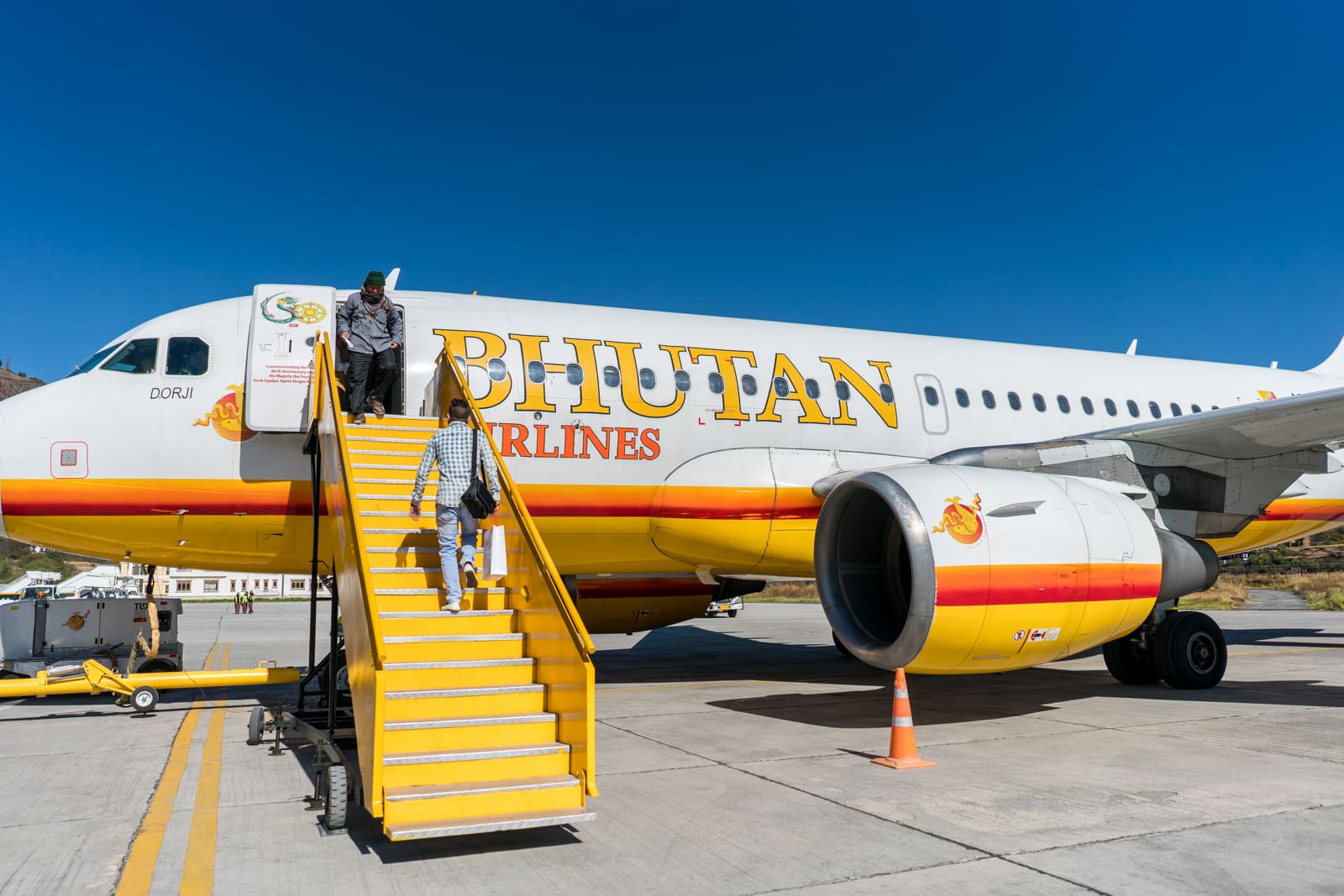
Flying out of the mountainous Kingdom of Bhutan for an assignment in 2017
Will buying carbon offsets for my flight actually do anything?
Statistically speaking, your carbon offset probably won’t do anything. At all.
In 2016, 85% of the UN’s carbon offset projects were found to not reduce emissions. That’s whole a lot of money for a whole lot of nothing.
Even if your chosen offset project does help to reduce emissions, most of the time no one actually knows how much carbon will be absorbed from the atmosphere.
Like every profitable concept in human history, companies have lined up to take advantage of people’s climate anxiety and guilt via carbon offsets. Businesses looking to evade accountability made the concept even more popular.
Problem is, we’re all so guilty we don’t want to accept that our carbon offsets might be BS.
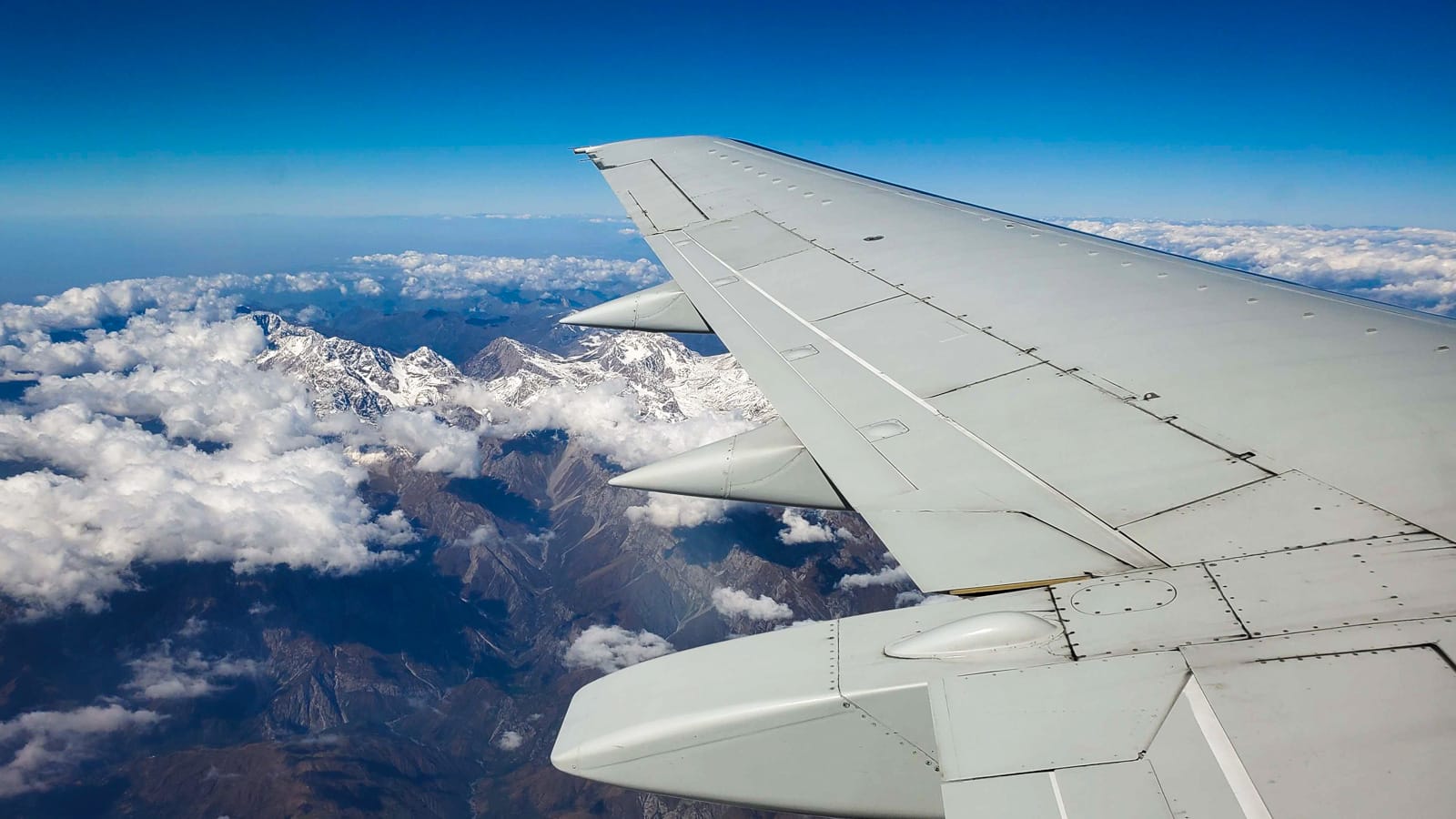
From that time I was forced to fly through Kyrgyzstan because my brain kind of exploded
The biggest problem with buying carbon offsets for flights
The biggest issue with the concept of carbon offsets for flights is that they don’t address the underlying issue: flying causes massive amounts of greenhouse gas emissions, and we fly way too often.
Offsets give businesses the go-ahead to continue business as usual, and consumers the go-ahead to continue flying as much as possible. This isn’t sustainable. Corporations can’t be allowed to continue dumping toxic gases into the atmosphere without repercussions… and we can’t continue to feel entitled to flying whenever we feel like escaping for the weekend.
Think of it this way: flying is like buying a new pair of shoes that you really love, but are way too small and hurt your feet. You like ‘em, you need to wear shoes, but are they really the best fit?
You COULD keep offsetting your pain with bandages for your blisters and visits to a podiatrist… or you could tackle the root of the problem, and find a pair of shoes that won’t destroy your feet. Finding substitutes might take a bit more effort, but in the long run, they’ll be worth it.
If you don’t have any other shoes to wear, you’ll wear the shoes. In the same vein, sometimes flying is the only option. But, just like most of us have several pairs of shoes, you usually have several ways to travel. Seek out one that fits better. (Or just don’t wear shoes at all. /hippie)
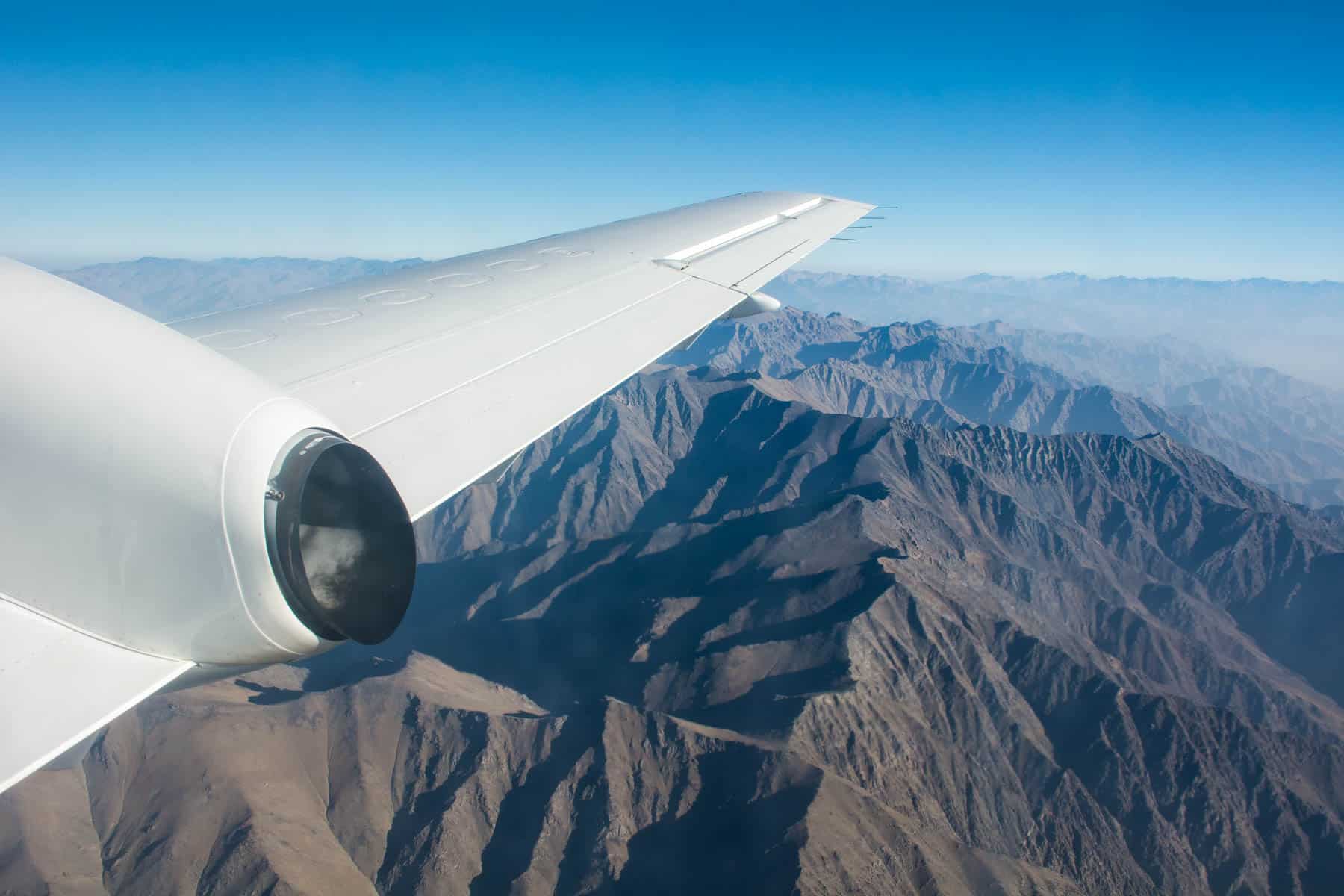
Flying while traveling in Afghanistan in 2016 was beautiful, but short hops on old planes are particularly terrible emissions-wise. Sorry, Earth!
Other problems with carbon offsets for flights
Of course, not every carbon offset project is run by a group of diabolical capitalist pigs trying to suck our wallets dry. There are plenty of well-intentioned emissions reduction projects around the world… but good intentions don’t always equal good results.
Common issues with carbon offset projects include (but are definitely not limited to):
Companies don’t do as they say.
It’s simple: just because you paid some organization in Zambia with photos of cute, hungry Black kids enough money to buy four stoves doesn’t mean people will actually receive them. Also, please don’t donate to anything that uses poverty porn in their advertising.
Many companies take money, offer vague promises, then disappear. No regular monitoring, nor reporting. Why would there be? People are lazy and don’t really really care about where their money goes, as long as their guilt can be erased.
Your money goes to a project that would happen regardless.
In this case, your money doesn’t affect emission reduction at all. For example, if a government already declared a region of forested land would be protected, and you bought a carbon offset to protect the same land, you’re basically just putting free money into the offset business’s pocket. Win for them, lose for you, and no change for the environment.
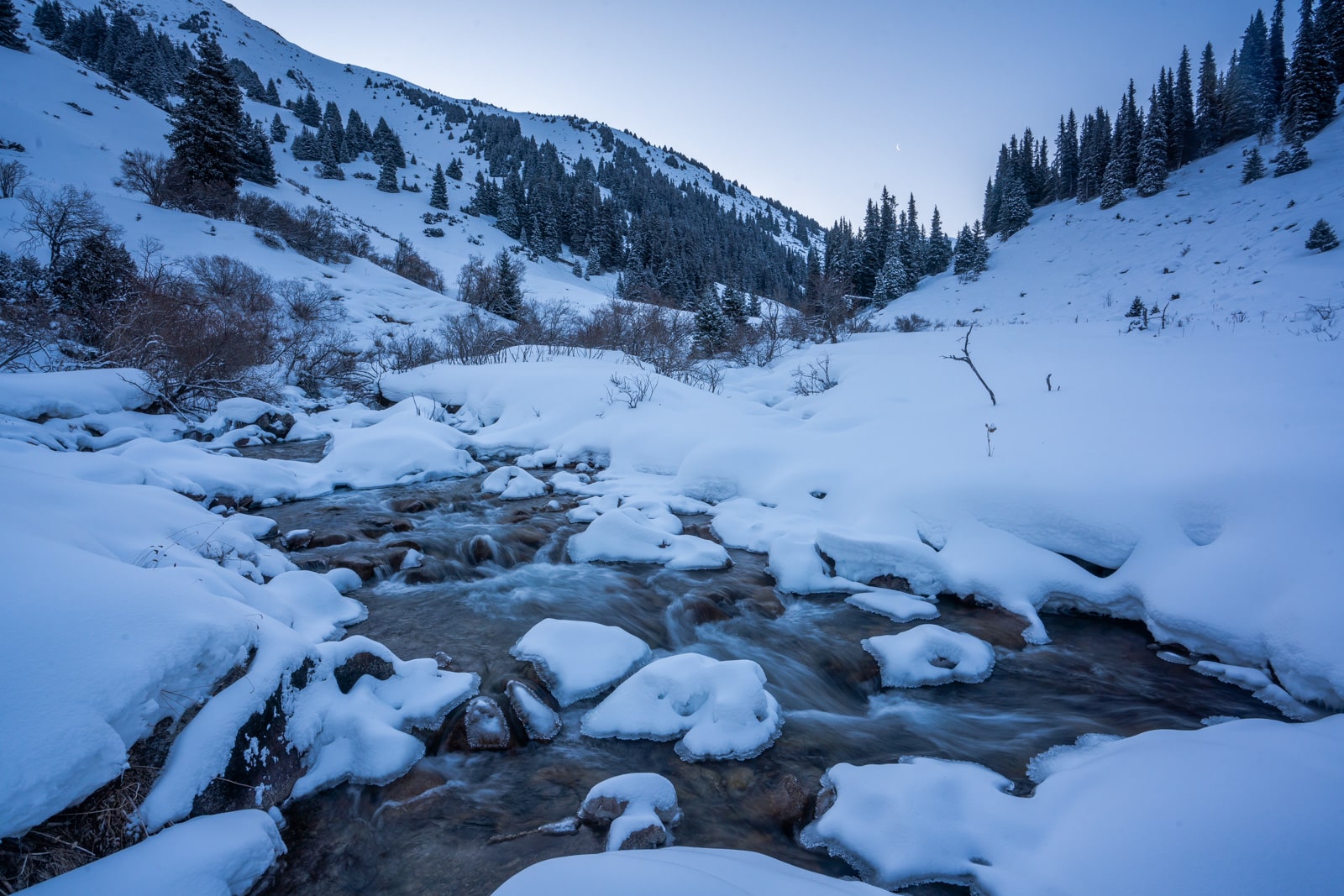
Boz Uchuk, Kyrgyzstan
Project land can’t be protected as expected.
Paying to protect land is a nice idea in theory. If it was more profitable for people to protect their forested land than to log and cultivate cash crops or raise animals, our world would be in a happier and less-apocalyptic state.
Unfortunately, it’s not that easy.
Millions of complications can arise when trying to protect land from deforestation. Governments might force the land from people’s hands. Illegal loggers might chop down trees anyway. Local politics might obstruct projects. Lands might be used for cash crop trees, rather than trees aimed at sequestering carbon.
Worst part is, you might never know about it, because you’re just a person on a computer on the other side of the world.
Projects don’t continue long-term.
Let’s say you’ve paid someone to plant a tree. Dope! In a few years, you’ll have a big, beautiful, leafy, carbon-filled tree to make our world a little cleaner… right?
Wrong.
Growing a tree requires regular maintenance in the early years, especially when reforesting damaged land. You can’t just dump a sapling in the ground and pray it grows (trust me, I’ve tried). Someone needs to water it, protect it, weed the area, and so on.
Many organizations aren’t committed long-term. They rock up, drop a few thousand trees or stoves or panels or whatever, then leave. But for true, long-lasting effect, they need to be constantly present to offer support so projects execute as planned… and your emissions are reduced as intended.
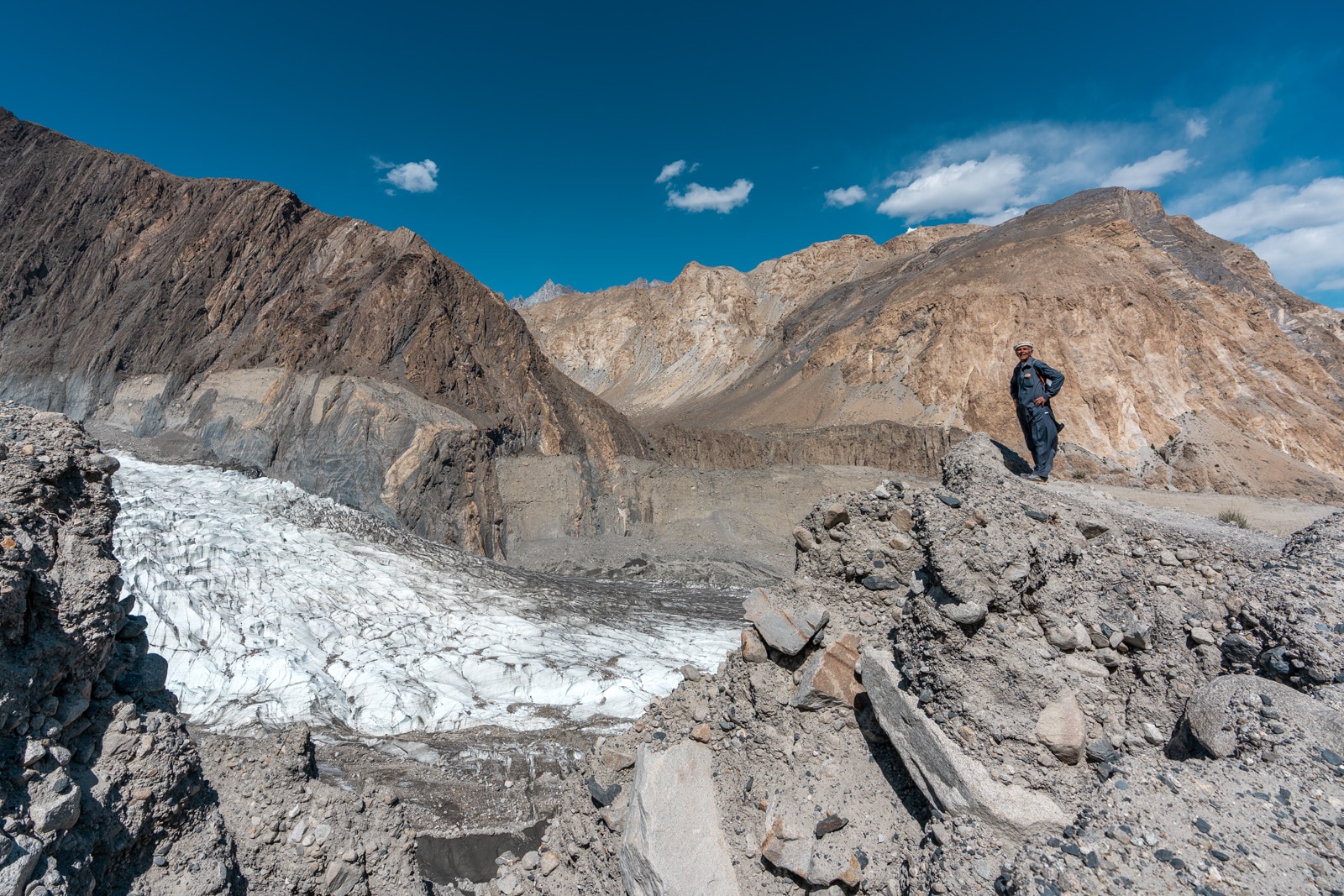
The White Glacier in Ghulkin, Pakistan. Climate change is causing glaciers around the world to retreat, threatening local communities with water scarcity and flash flooding from accumulating glacial melt below the ice.
So what can I do to offset my carbon emissions from flying?
If you’re thinking something along the lines of Oh sh*t what can I do THERE ARE NO OPTIONS?! right now, that’s… fair.
I’ll be straight with ya: there is no guaranteed way to pay money to offset your flight’s emissions.
But, that doesn’t mean you have NO options. Even if efforts don’t work as intended, something is infinitely better than nothing. Here are some things you can do to reduce or offset your emissions from flying:
Don’t fly.
You knew it already, but it doesn’t hurt to restate it. If you’re feeling so guilty about your flight, why not do more research to see if you can avoid it? Trains are more comfortable and scenic, buses are often cheaper, and carpooling can be fun. Trust me—for the last four years, I’ve traveled primarily overland.
If flying is unavoidable, there are choices you can make to reduce your emissions when flying.
Read more: That time I accidentally spent 4 straight days in a train
Forget the emissions math.
Flight emissions are approximate: How many people are on the plane? How much luggage is on the plane? Which direction were winds blowing? Did you have to circle the airport before landing?
Emissions reductions are equally approximate: How much carbon can the tree really hold? How long will it live for? How do rising temperatures affect this tree’s ability to sequester carbon?
Anyone who says you can offset 1.27 tons of carbon with a $37.50 offset is estimating at best, and pulling BS numbers out of thin air at worst.
Instead of trying to figure out the exact amount you need to pay—or the cheapest place to buy an offset—put that mental effort into finding a trustworthy climate-related cause that could benefit from more donations.

One person who IS doing things right: Jadav Payeng, AKA the “Forest Man of India”, who reforested an entire river island near Majuli. He doesn’t accept donations, though you can hire a boat to visit his island and pay him for his time.
Donate to organizations working on climate-related issues, rather than looking for a specific offset.
Climate change is complex, and everything is approximate. Rather than wasting time trying to calculate the exact amount you need to alleviate your flight shame, donate to a reputable organization working to tackle climate change. It doesn’t have to be related to tree planting—you can also look into organizations working on:
- Pushing climate-related policies
- Renewable energy research and implementation
- Justice and support for indigenous communities
- Making renewable energy accessible to communities that depend on coal
- Campaigns against fossil fuels
Don’t be afraid to donate to small, local organizations in your country. Their impact is easier for you to track, and sometimes they’re more effective than big, multinational organizations!
Keep readin’ for recommendations on where to donate to help offset your flight’s emissions.
How much should I donate? Many offset calculators suggest packages ranging from 5-10% of your plane ticket price—why not do the same with your donation? In my opinion, if you can afford a $500 flight, you can afford a $50 donation.

If only more of our world could look like this forest in Tervuren, Belgium
Where can I donate to help make up for my flight’s emissions?
Like I said, these aren’t an official offset of your flight’s emissions… but donating to them is one way to help contribute to tackling the climate crisis.
Eden Reforestation Projects
Eden is one of the most reputable reforestation organizations. They have tree planting projects in Asia, Central America, and Africa, and they make a concerted effort to hire locals for their projects, rather than outsiders.
Donate to Eden Reforestation Projects
Let’s Fund: Clean Energy Innovation Program
https://lets-fund.org/clean-energy/
The Information Technology and Innovation Foundation (ITIF) is US-based think tank. Their Clean Energy Innovation program advises policymakers on how best to spend on renewable energy research and development. Policy isn’t sexy—and policy change is hard to affect as an average citizen, short of voting—but policy changes make a world of difference when it comes to managing the climate crisis and decoupling from fossil fuels. Donating to CEI is one way to help.
Donate to the Clean Energy Innovation program
NAACP Environmental and Climate Justice program
https://naacp.org/environmental-climate-justice-about/
The climate crisis is not just an environmental issue; it’s a human rights issue, too. People of color and other low income communities are disproportionately affected by the climate crisis. They are the ones best equipped to lead and advise on response and resilience in their communities. The environmental arm of the NAACP (National Association for the Advancement of Colored People) supports POCs on the frontlines fighting for their civil rights in the face of environmental destruction and climate change in the United States.
More reputable carbon offset options
Here are two websites where you can find offset projects considered to be effective and trustworthy.

Nijhum Dwip island is one of many islands in Bangladesh already severely impacted by climate change – just this year it was battered by Cyclone Amphan, and its lowlands are incredibly vulnerable to rising sea levels.
More on carbon offsets
- An Even More Inconvenient Truth: Why Carbon Offsets For Forest Preservation May Be Worse Than Nothing (Propublica)
- Carbon offsets do not work (Responsible Travel)
- Why carbon offsets don’t do all that they promise (Washington Post)
- Do carbon offsets really work? It depends on the details. (Wired)
Do you know of climate-mitigation projects in your country people can donate to instead of buying carbon offsets for flights? Let me know in the comments.

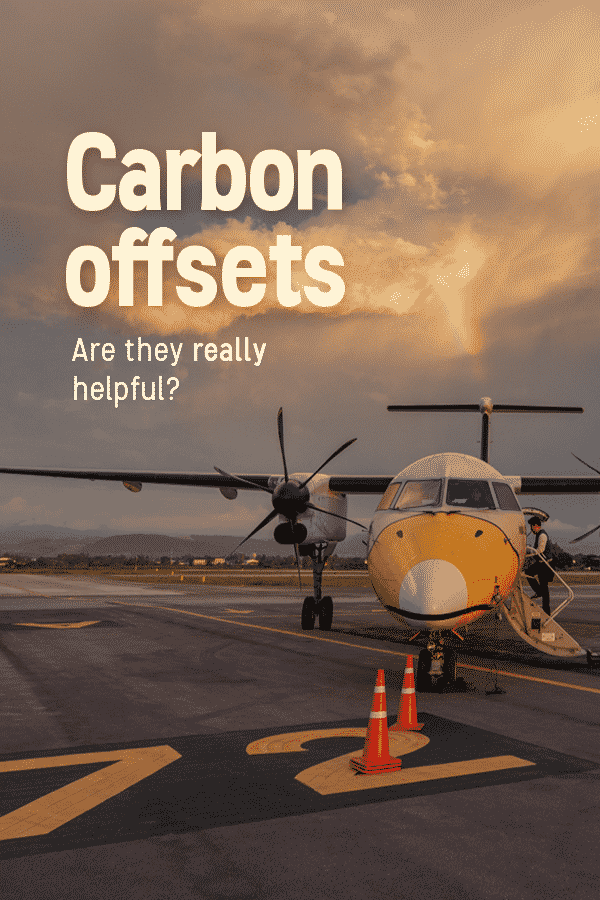
Yay transparency! This post… isn’t sponsored at all. I just don’t want to watch billions of people die in my lifetime.
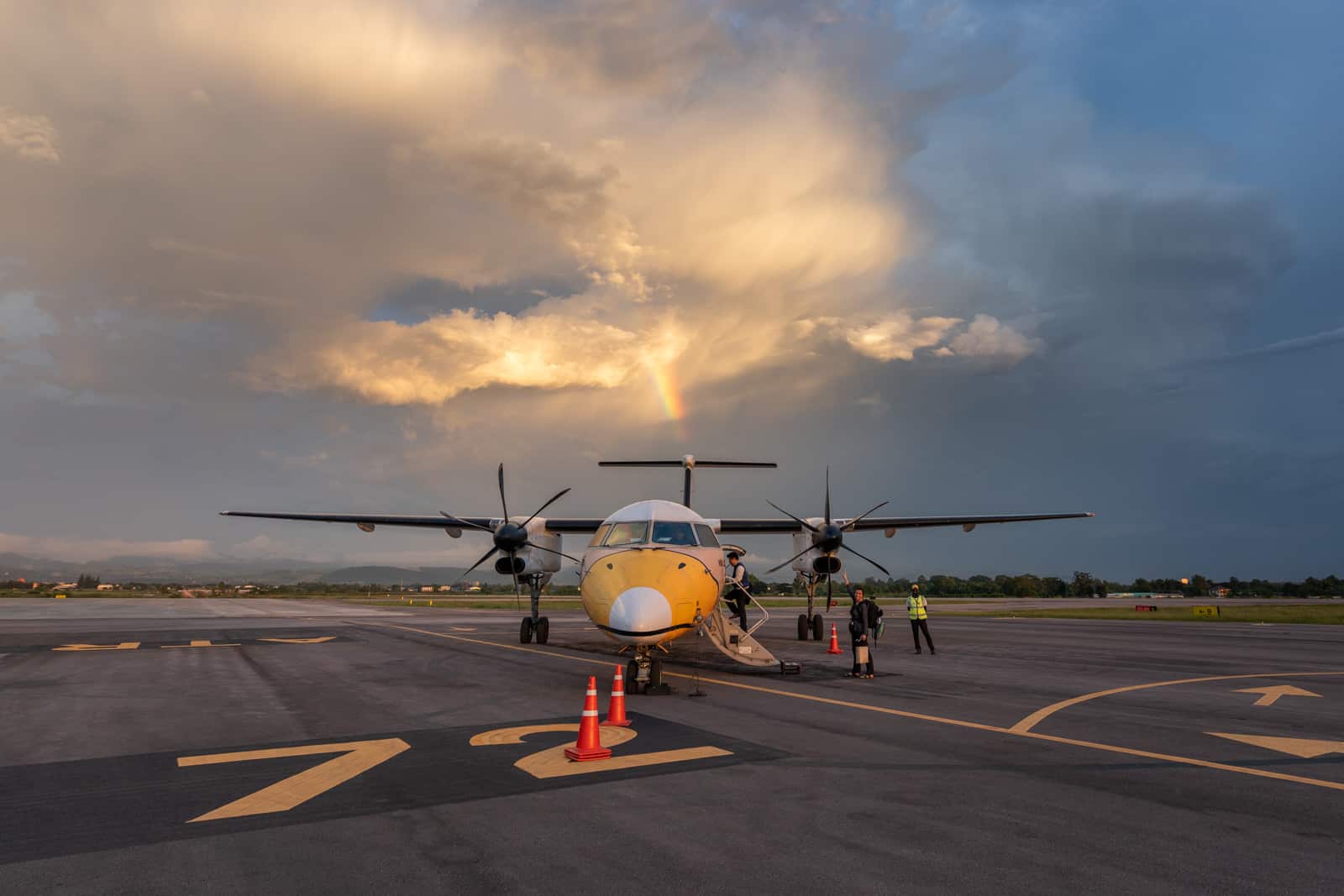


Become vegetarian.
You would be contributing to Methane emission reduction which is much more potent than carbon dioxide in regard to Global warming (green house effect).
For sure. Becoming vegetarian or vegan is one of the most impactful lifestyle adjustments people can make!
Hi Alex! Thanks for sharing these resources. I’ve been using a carbon offset platform called Cool Effects: https://www.cooleffect.org/. The NYTimes’ travel editors use it and have promoted it as a legit option (the projects are triple verified).
Sounds interesting, I’ll give it a look! Thanks for sharing, Jenna 🙂